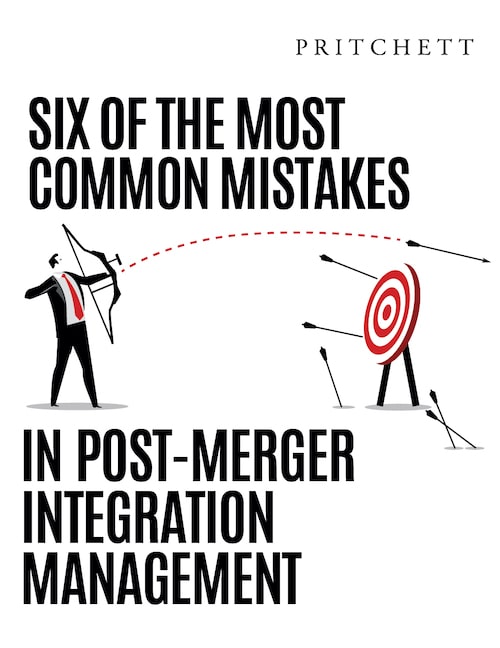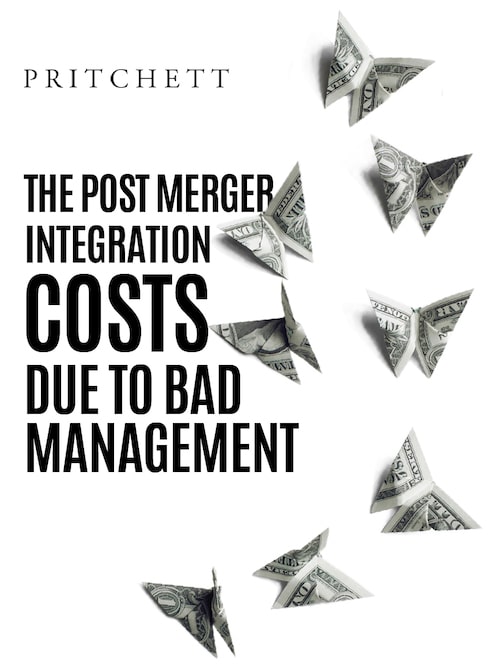Even though your deal may look great, you should be aware of some of the common post merger integration challenges you may face. So let’s take a look at what could prove to be very painful if you don’t manage your merger properly.
- Complacency. A sense of self-satisfaction with the way things are, an assumption that nothing has really changed, can cause people to simply ignore the fact that a merger has taken place. So, where’s the danger in that? Well, the fact is some things need to change . . . for the better. Oxford Health Plans needed to adopt a bit more of a national mindset in order to take advantage of some of the strengths that United Healthcare brings to the table. In addition, the merger promised the marketplace that the combined organization would be able to deliver more value than the two separate companies could do alone. Otherwise, why do a deal at all? So, if things need to change, but people aren’t willing or able to make those changes, then risk rises.
- “Wait and See” attitude. This is another one that, on the surface, can look pretty harmless. But when people who are normally confident and assertive take a more tentative, safe stance, it can slow down decisions, actions, customer responsiveness, just to mention a few. And although it seems perfectly natural for people to adopt a slower, more cautious approach during times of uncertainty and change, the result can be deadly in terms of business results.
- Complexity. Merging more than needs to be merged, at least initially, can over-complicate things. After all, organizations have a lot of moving parts. And it would be easy to put together such an extensive integration “to-do” list that people could be overwhelmed. So the risk is making the combination process harder than it needs to be. Or, working on everything at once, without prioritizing what’s really important now . . . and what can wait.
- Failure to anticipate change. Let’s face it, mergers always bring change. The degree of change may vary from deal to deal, but there’s one thing you can count on . . . there will be change. The changes may not be immediately apparent. It may seem like “business as usual” in terms of their roles and responsibilities. Then, somewhere down the line, changes begin to be introduced in order to tighten the linkages between the companies. The danger is that when these changes hit, people will cry “foul.” They may feel that they have been misled or lied to, betrayed or disappointed.
- Integrating to serve the organization instead of integrating to serve customers. This happens whenever internal needs drive integration planning, without respect for the impact on customers. As a result, organizations can waste hundreds of man-hours discussing issues like organizational structure and technology . . . without considering how the final result might impact business results. So, the proper order is: #1: Business Strategy, #2: Impact on Customers/Revenue/Growth, #3: Go to Market Strategy, and then, and only then, #4: Integration Planning to support these business fundamentals.
- Executing the integration plan too slowly. Once you’ve clarified the combined business strategy, assessed the impact on growth, and put together a plan for how the combined business will go to market, then you should put the pedal to the metal and execute your integration plan. People need to see crisp, decisive action, clear direction, and results that demonstrate that the deal can truly create value.





